SETAC Europe 2021
Outline of the conference
Wouter Gebbink PhD and Rebecca McMullan, two key environmental consultants at PFA, attended SETAC Europe’s 31st Annual meeting, virtually, from the 3rd to the 6th May, 2021. Approximately 1600 people attended, from 55 countries, representing governmental agencies, industry, academia and consultancies. The virtual conference facilitated discussions between these sectors through live keynote presentations, moderated live discussion sessions, seminars and social meetings.
In addition, our Managing Director Oliver Warwick PhD co-chaired, with Silke Gabbert PhD Senior Advisor Socio-economic Analysis at RIVM and Monika Nendza PhD of Analytical Laboratory Luhnstedt, a session on the Environmental impact assessment and socioeconomic analysis for sustainable risk management of chemicals, along with colleagues from government and industry.
Hot topics
The scientific programme covered a wide range of topics within environmental hazard and risk assessment, with an eye to the future for sustainability, novel methods and likely challenges to the regulation of chemicals. A common theme throughout the ecotoxicology sessions were the current challenges faced in the test systems used for assessing the hazard of chemicals to the environment, including several in-depth discussions of plant and invertebrate ecotoxicology. Rebecca found the discussions and insights on behavioural ecotoxicology of particular interest, as they are usually observed in regulatory test guidelines, but do not drive the endpoints for hazard characterisation.
PFA has provided scientific and technical support to the European Commission on the identification of polymers for registration under REACH, which was another hot topic at SETAC Europe this year. Across several talks and posters, the current state of available data on polymers, the challenges associated with modelling their toxicity and the implications of polymer registration under REACH were all discussed.
Exciting, novel methods for modelling the distribution and chemical analysis of emerging contaminants at local, European, and global scales were also presented – a topic that PFA Ltd has provided expertise on for both industry clients and governmental agencies.
PFA Poster
As part of the “Per-and Polyfluoroalkl Substances (PFAS): a Persistent Challenge for the 21st Century” topic, Wouter presented a poster on the emissions and environmental distribution of Perfluoroalkyl and Polyfluoroalkyl Substances (PFASs) and fluorine-free alternatives in textiles, upholstery, carpets, leather and apparel. This was based on the joint report between PFA, Wood Group UK and Ramboll Deutschland GmbH for the European Commission and was one of few topics to show modelling with PFAS in that session. Amongst other measures, certain uses of these topical substances are expected to be banned as part of the EU Chemical Strategy for sustainability and have been identified as contaminants of emerging concern. Therefore, a literature review and an EU market analysis was performed with 15 PFASs and 5 PFAS alternatives to determine their environmental distribution. This analysis found that releases from articles that are subject to frequent washing are the dominant exposure scenario, whereas sewage sludge application to agricultural soil was a driving factor for the high presence of PFASs and their alternatives in the agricultural soil compartment.

